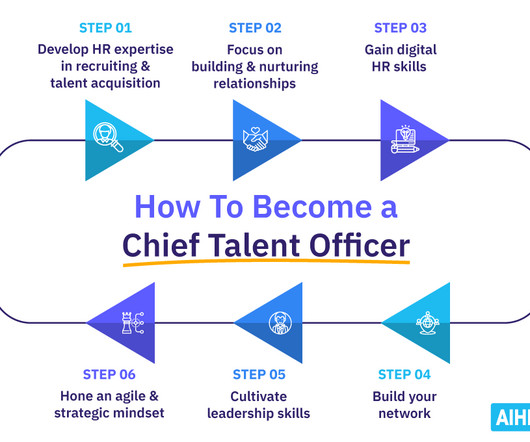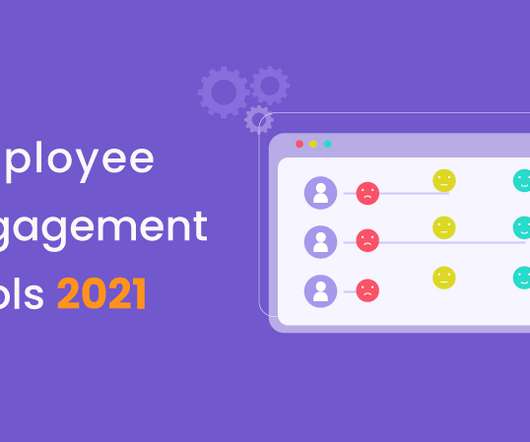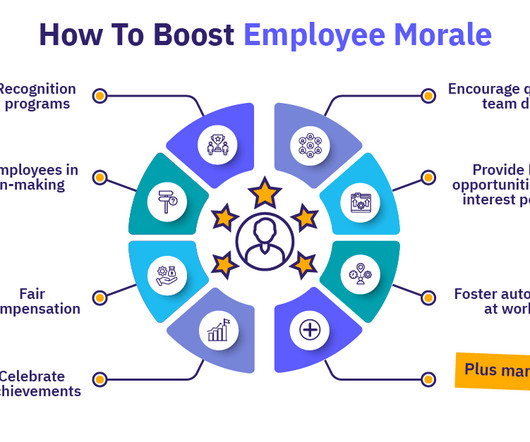Chief Talent Officer: Everything To Know About This Role
AIHR
FEBRUARY 27, 2023
In SMEs, chief talent officers work part-time or full-time. For companies with less than 15 employees, they’re either the VP or in a director-level position. For companies with less than 15 employees, they’re either the VP or in a director-level position. They could be hired either internally or externally.
















Let's personalize your content